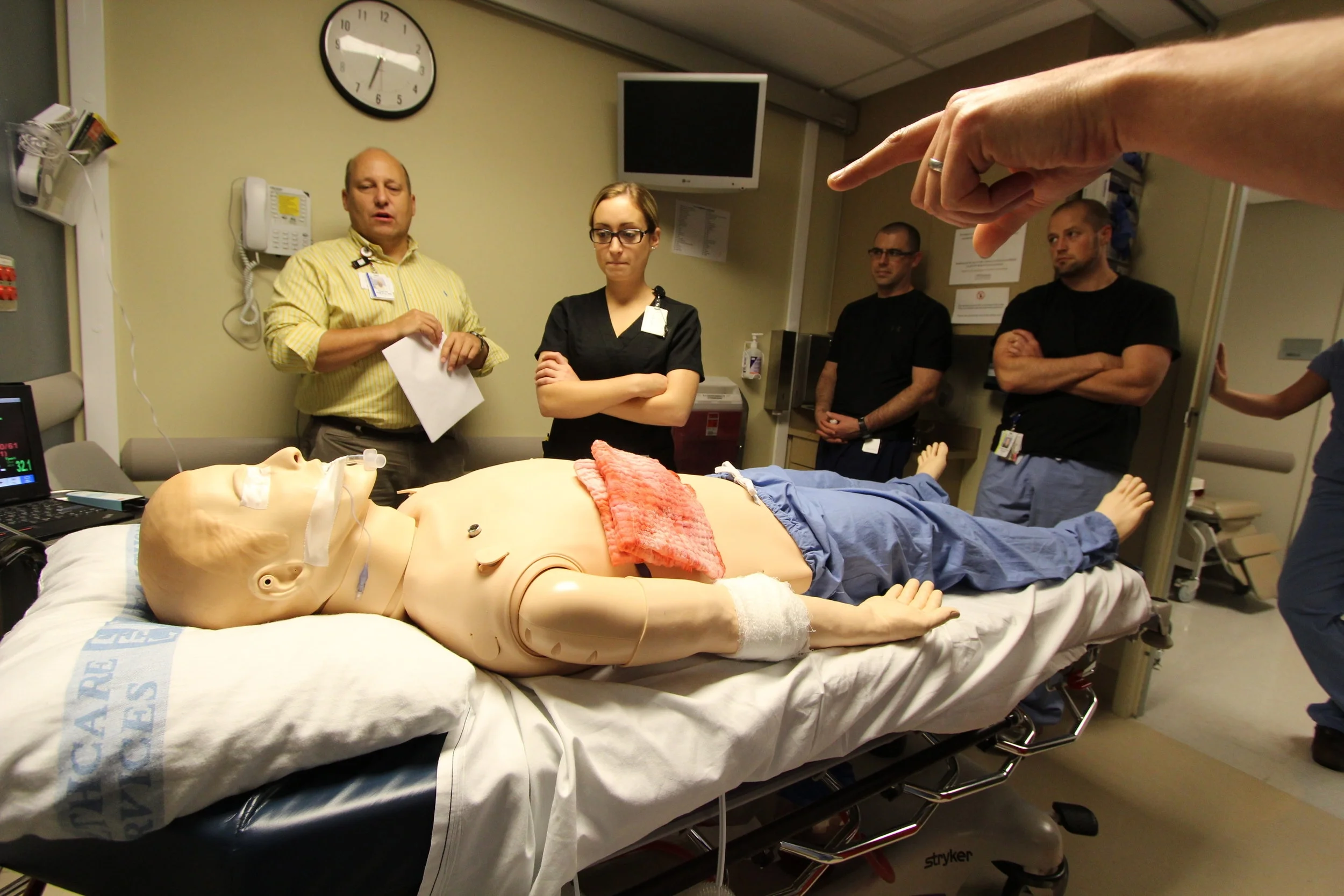WISH is eagerly awaiting applications for the Simulation Fellowship Program with an anticipated start of Fall 2018. The goal of the program is to foster international leaders in simulation. For full application and program details please click here.
IMSH 2019 Abstracts Due Monday, June 25th
The IMSH 2019 abstract submission deadline is rapidly approaching. Abstracts must be submitted by Monday, June 25th, 5pm EST.
For full details please click here to visit the IMSH website.
C-SATS Acquired by Johnson & Johnson - Congrats to WISH Faculty Dr. Thomas Lendvay and UW CoMotion
Johnson & Johnson announced the acquisition of C-SATS, a Seattle CoMotion Labs startup, co-founded by Dr. Thomas Lendvay, Associate Professor in the Department of Urology and long time WISH Faculty. C-SATS uses technology to help surgeons improve skills and health outcomes by facilitating performance reviews. Read the full article here.
NEWS FLASH: Use of Live Tissue vs. Synthetic Models in Training and Assessment
We wanted to share a recent article published by the Society for Academic Emergency Medicine authored by the University of Minnesota Combat Casualty Training Consortium (UMN CCTC) which includes our own Dr. Robert Sweet, Executive Director of WISH and CREST and Troy Reihsen, Director of the CREST Artificial Tissue Lab .
This timely article entitled, Training and Assessing Critical Airway, Breathing, and Hemorrhage Control Procedures for Trauma Care: Live Tissue Versus Synthetic Models, explores innovative simulation strategies for education in modern medicine.
Please click here to read the article in it's entirety.
3-D Printing Technology at U of M Changing Surgery Preparation
A medical advancement at the University of Minnesota, which some describe as a game changer, is reshaping the way surgeons are preparing for operations.
Dr. Rachel Umoren Awarded Grant by the Bill and Melinda Gates Foundation
WISH Clinical Director for Pediatrics and Neonatology, Dr. Rachel Umoren was awarded a grant by the Bill and Melinda Gates Foundation to support the maintenance of healthcare provider knowledge and skills in neonatal resuscitation. The project will develop and test an integrated mobile virtual reality training module and data collection tool to track key newborn care indicators in low and middle-income countries.
WISH, CREST, & UW Bioengineering Host Intriguing Lecture - 3D Printing Functional Materials & Devices
The development of methods for interfacing high performance functional devices with biology could impact regenerative medicine, smart prosthetics, and human-machine interfaces. The ability to three-dimensionally interweave biological and functional materials could enable the creation of devices possessing unique geometries, properties, and functionalities. 3D printing is a multi-scale platform, allowing for the incorporation of functional nanoscale inks, the printing of microscale features, and ultimately the creation of macroscale devices. This three-dimensional blending of functional materials and ‘living’ platforms may enable next-generation 3D printed devices.
Michael C. McAlpine is the Benjamin Mayhugh Associate Professor of Mechanical Engineering at the University of Minnesota. He received a B.S. in Chemistry with honors from Brown University, a Ph.D. in Chemistry from Harvard University, and was Assistant Professor of Mechanical and Aerospace Engineering at Princeton University (2008-2015). His research is focused on 3D printing functional materials & devices, including the three-dimensional interweaving of biological and electronic materials.
Fake it ‘til you make it
Surrounded by silicone livers, a 3D-printed rib cage, and a prosthetic arm covered in third-degree burns lies Frank, a prototype of the world’s most advanced manikin for medical simulations. Fresh off a nationwide tour to train combat medics how to respond to roadside bombs, his right leg is a mangled mess of blood, bone, and silicone, but he’s still serving an important purpose.
WISH & CREST Featured in the Local News!
WISH & CREST were recently featured on multiple local news resources for work being done on next generation manikins. Please see each individual story below to learn more.
Picture from Alan Berner/The Seattle Times


